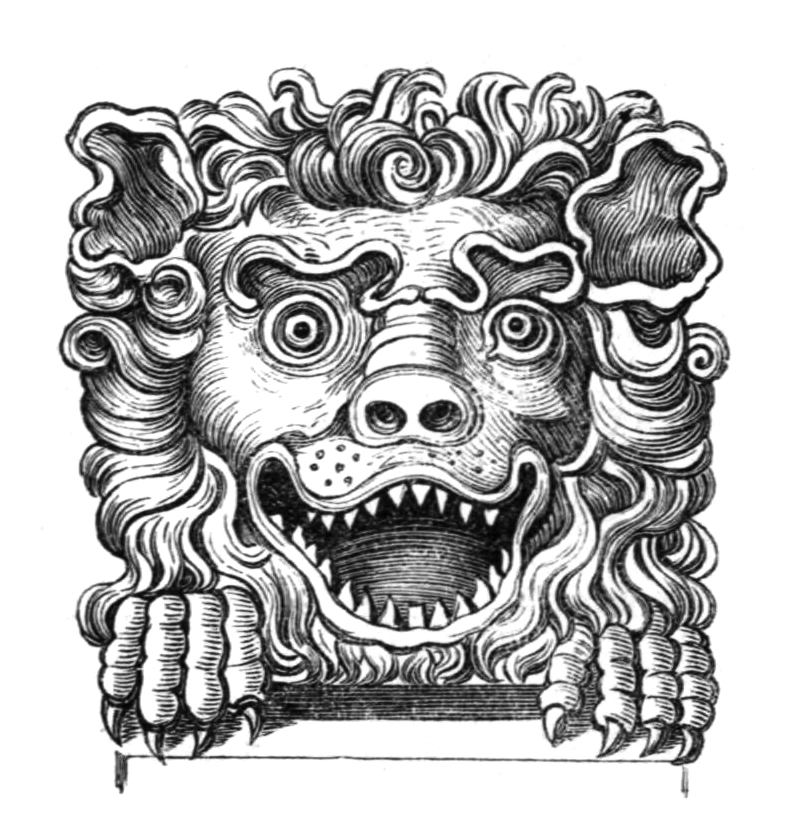|
Moral Weekly
Moral weeklies are a kind of periodical publications circulated in the first half of the 18th century. They dominated the contemporary press market and contributed significantly to spread the ideas of Enlightenment Enlightenment or enlighten may refer to: Age of Enlightenment * Age of Enlightenment, period in Western intellectual history from the late 17th to late 18th century, centered in France but also encompassing (alphabetically by country or culture): .... Their main purpose were ethical considerations rather than news. Famous among the about 200 titles in English are Tatler (1709 journal), The Spectator (1711), The Guardian (1713). Bibliography * Doms, Misia Sophia / Walcher Bernhard (eds.): Periodische Erziehung des Menschengeschlechts. Moralische Wochenschriften im deutschsprachigen Raum. Frankfurt am Main et al. 2012. * Doms, Misia / Pascal Chave et al.: Database of German moral weeklie * Ertler, Klaus-Dieter: Moral Weeklies (Periodical Essays), in: European Histor ... [...More Info...] [...Related Items...] OR: [Wikipedia] [Google] [Baidu] |
Age Of Enlightenment
The Age of Enlightenment or the Enlightenment; german: Aufklärung, "Enlightenment"; it, L'Illuminismo, "Enlightenment"; pl, Oświecenie, "Enlightenment"; pt, Iluminismo, "Enlightenment"; es, La Ilustración, "Enlightenment" was an intellectual and philosophical movement that dominated Europe in the 17th and 18th centuries with global influences and effects. The Enlightenment included a range of ideas centered on the value of human happiness, the pursuit of knowledge obtained by means of reason and the evidence of the senses, and ideals such as liberty, progress, toleration, fraternity, and constitutional government. The Enlightenment was preceded by the Scientific Revolution and the work of Francis Bacon, John Locke, and others. Some date the beginning of the Enlightenment to the publication of René Descartes' ''Discourse on the Method'' in 1637, featuring his famous dictum, ''Cogito, ergo sum'' ("I think, therefore I am"). Others cite the publication of Isaac Newto ... [...More Info...] [...Related Items...] OR: [Wikipedia] [Google] [Baidu] |
Tatler (1709 Journal)
''The Tatler'' was a British literary and society journal begun by Richard Steele in 1709 and published for two years. It represented a new approach to journalism, featuring cultivated essays on contemporary manners, and established the pattern that would be copied in such British classics as Joseph Addison, Addison and Steele's ''The Spectator (1711), Spectator'', Samuel Johnson's ''The Rambler, Rambler'' and ''The Idler (1758–60), Idler'', and Oliver Goldsmith, Goldsmith's ''Citizen of the World''. The ''Tatler'' would also influence essayists as late as Charles Lamb and William Hazlitt. Addison and Steele liquidated ''The Tatler'' in order to make a fresh start with the similar ''Spectator'', and the collected issues of ''Tatler'' are usually published in the same volume as the collected ''Spectator''. 1709 journal ''Tatler'' was founded in 1709 by Richard Steele, who used the pen name "Isaac Bickerstaff, Esquire". This is the first known such consistently adopted journal ... [...More Info...] [...Related Items...] OR: [Wikipedia] [Google] [Baidu] |
The Spectator (1711)
''The Spectator'' was a daily publication founded by Joseph Addison and Richard Steele in England, lasting from 1711 to 1712. Each "paper", or "number", was approximately 2,500 words long, and the original run consisted of 555 numbers, beginning on 1 March 1711. These were collected into seven volumes. The paper was revived without the involvement of Steele in 1714, appearing thrice weekly for six months, and these papers when collected formed the eighth volume. Eustace Budgell, a cousin of Addison's, and the poet John Hughes also contributed to the publication. Aims In Number 10, Mr. Spectator states that ''The Spectator'' will aim "to enliven morality with wit, and to temper wit with morality". The journal reached an audience of thousands of people every day, because "the ''Spectators'' was something that every middle-class household with aspirations to looking like its members took literature seriously would want to have." He hopes it will be said he has "brought philosop ... [...More Info...] [...Related Items...] OR: [Wikipedia] [Google] [Baidu] |
The Guardian (1713)
''The Guardian'' was a short-lived newspaper published in London from 12 March to 1 October 1713. It was founded by Richard Steele and featured contributions from Joseph Addison, Thomas Tickell, Alexander Pope and Ambrose Philips. Steele and Addison had previously collaborated on the ''Tatler'' and ''The Spectator'' (after which the present-day ''Spectator'' and ''Tatler'' are named). Button's Coffee House in Russell Street, Covent Garden, acted as an ad hoc office for the newspaper. Contributors submitted written material in a marble lion's head letterbox, said to have been designed by the artist William Hogarth, for possible publication in ''The Guardian''. ''The Gentleman's Magazine ''The Gentleman's Magazine'' was a monthly magazine founded in London, England, by Edward Cave in January 1731. It ran uninterrupted for almost 200 years, until 1922. It was the first to use the term ''magazine'' (from the French ''magazine'' ...'' followed on the heels of ''The Guardian ... [...More Info...] [...Related Items...] OR: [Wikipedia] [Google] [Baidu] |


